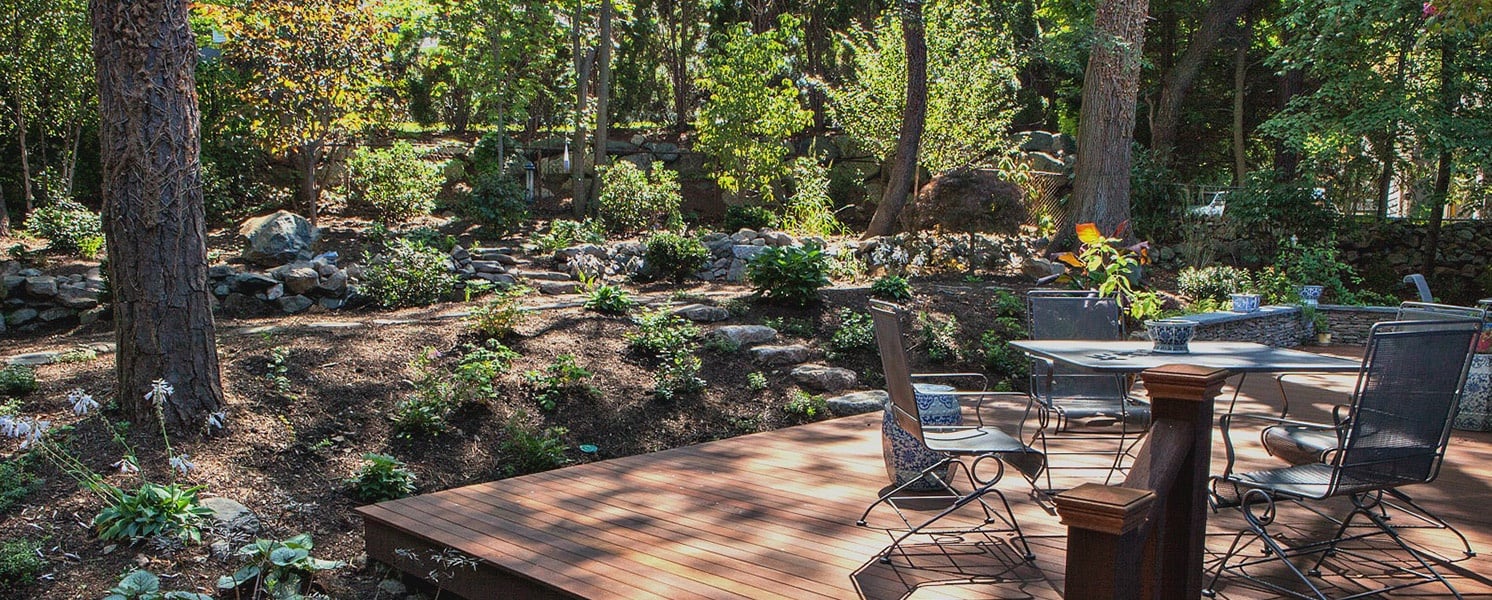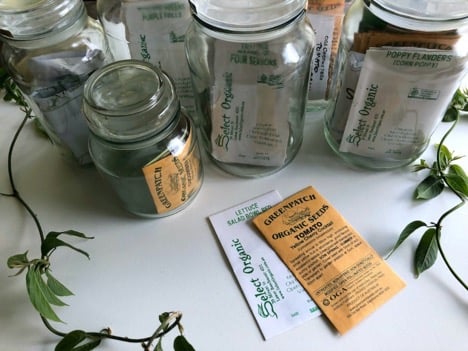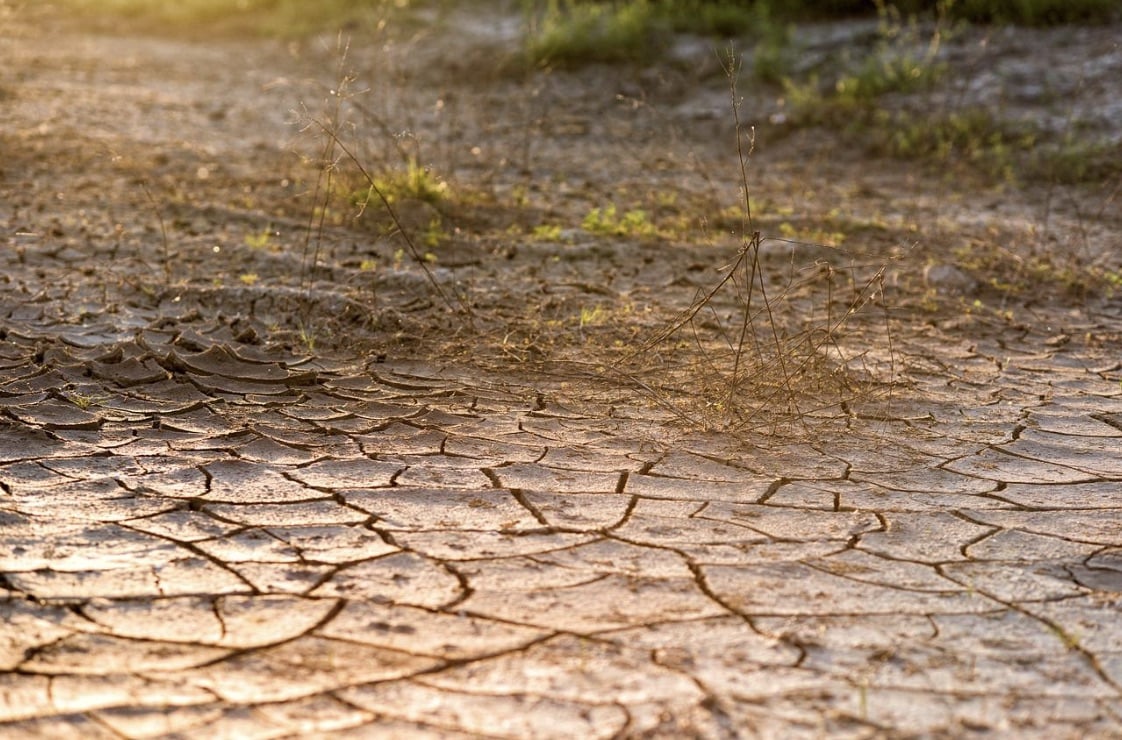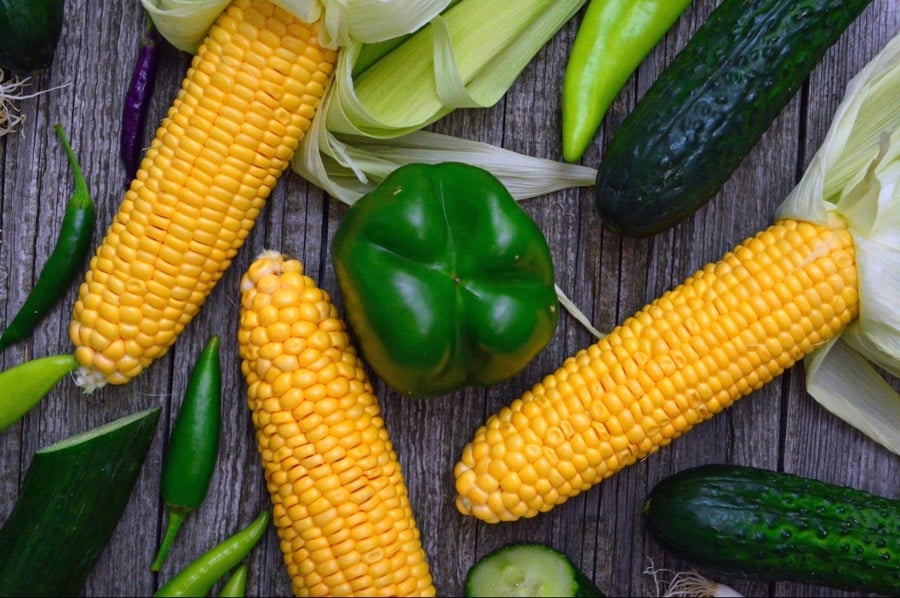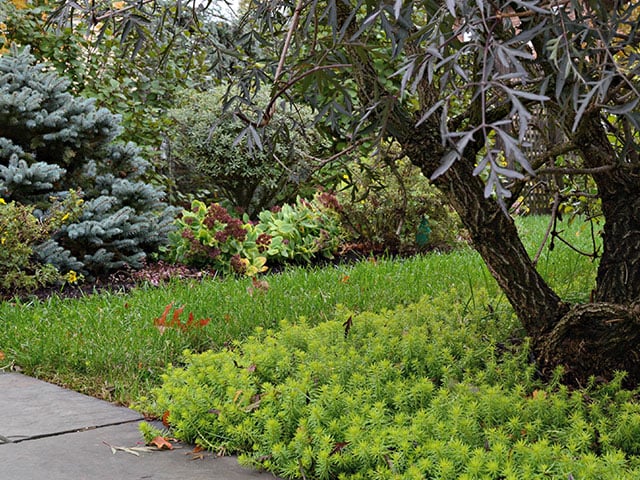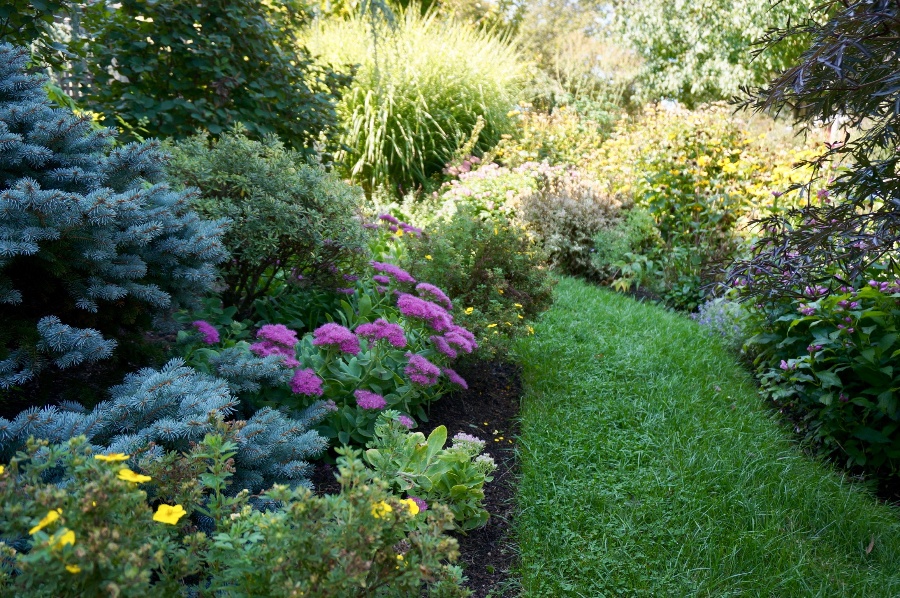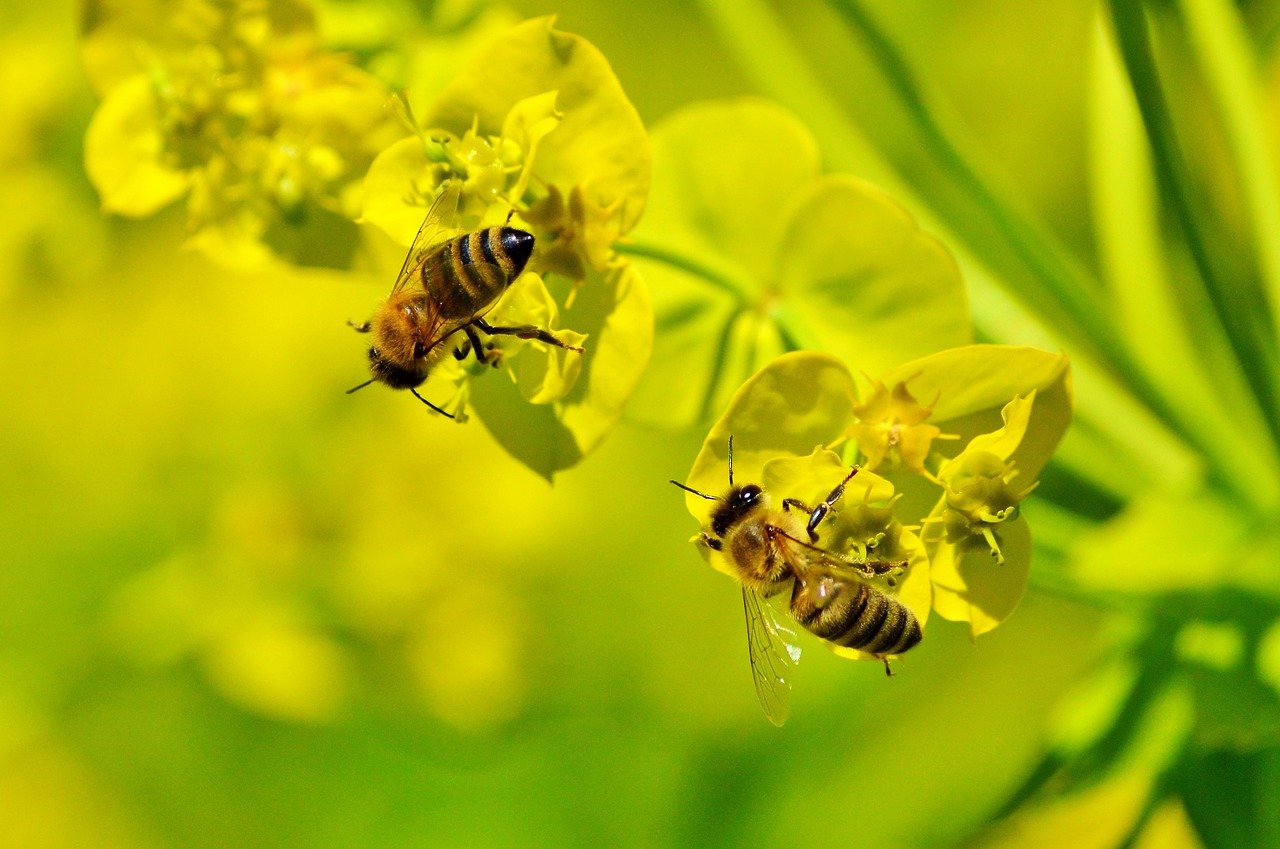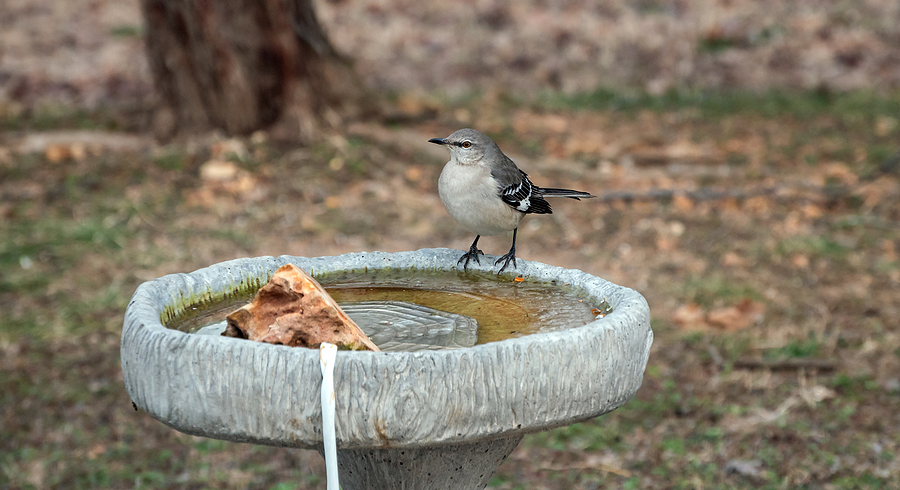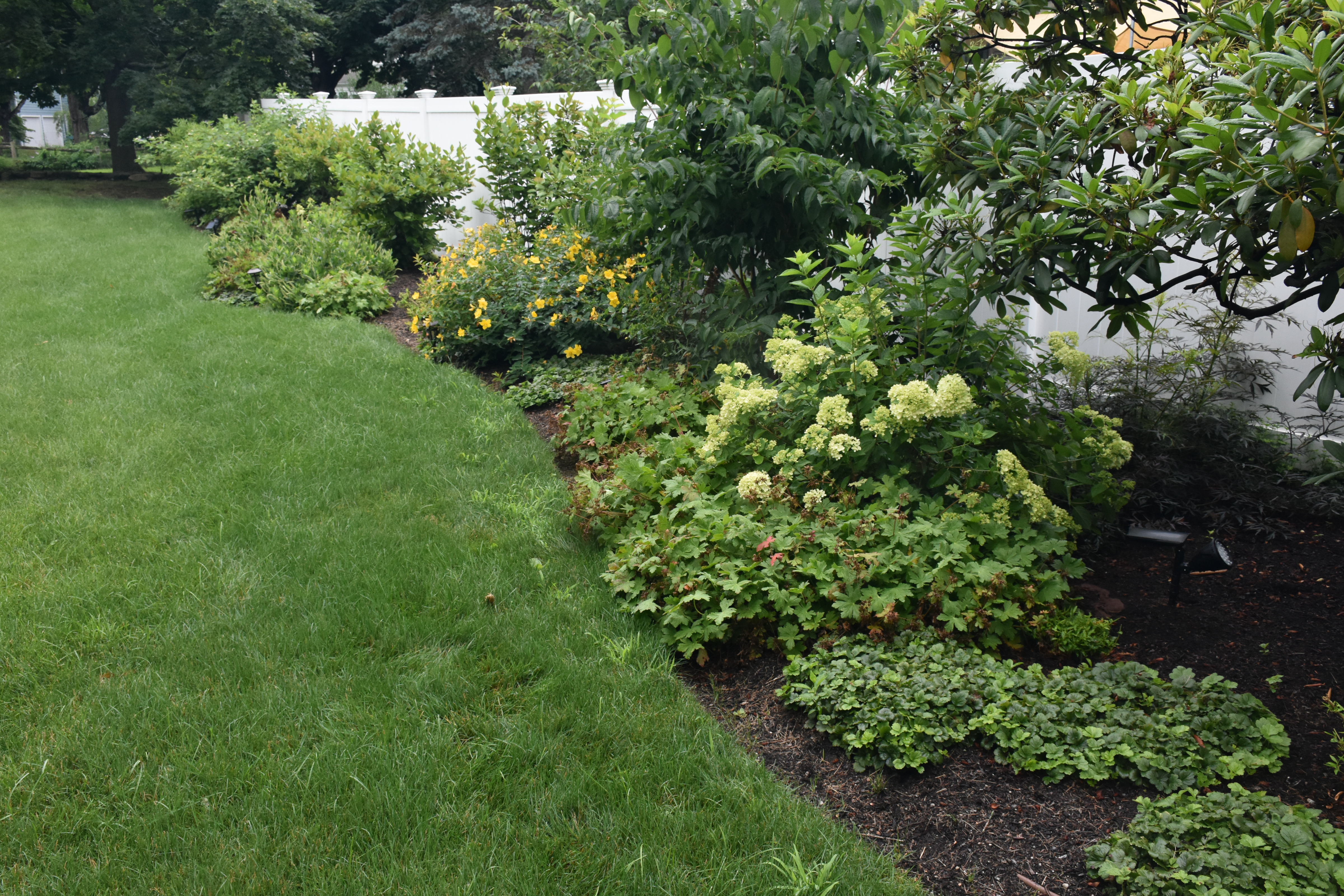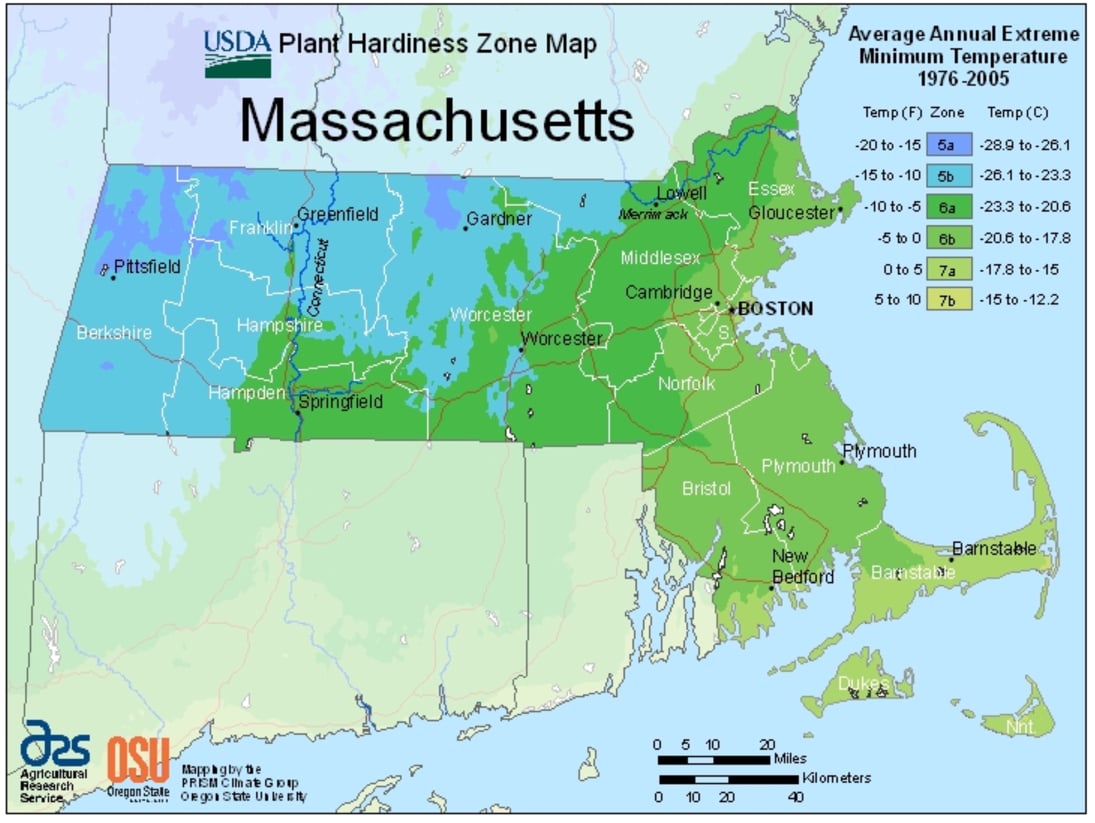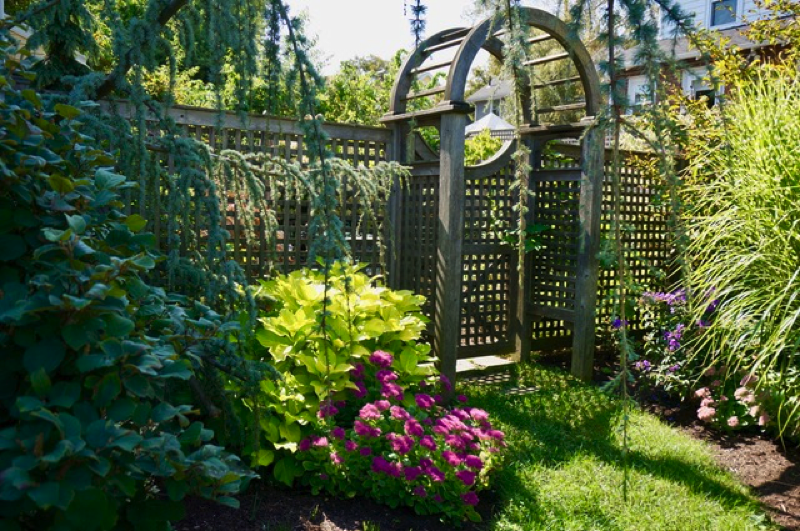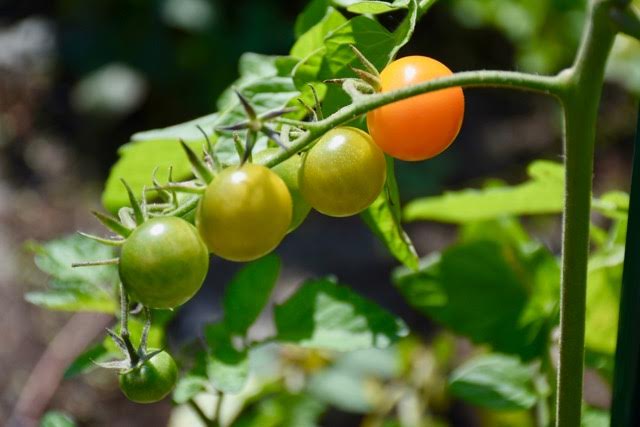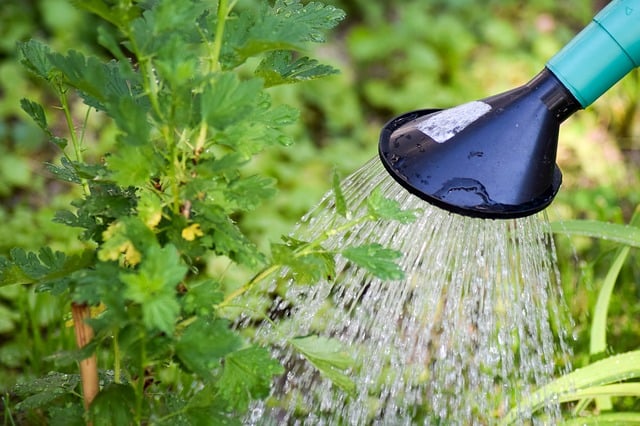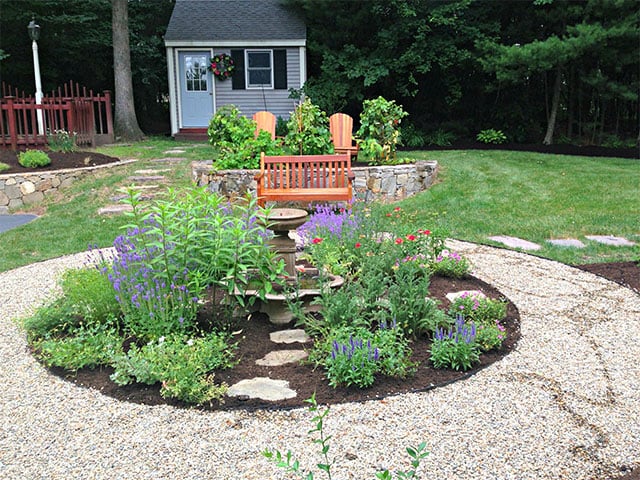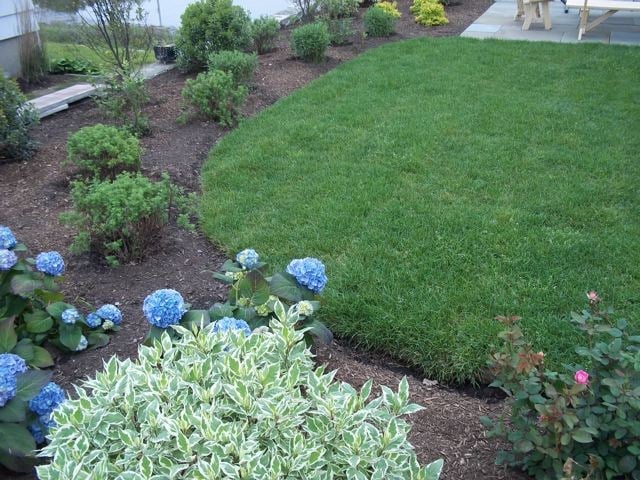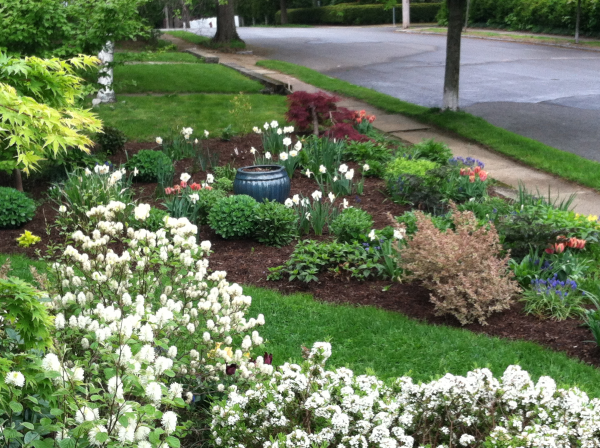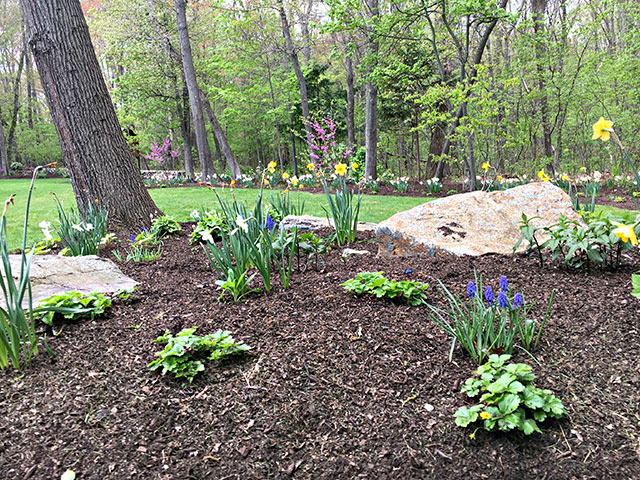When it comes to plant care, chemical processes are the main element of whether plants wither and die, or survive and thrive. But more often than not, these processes are watered down into three categories; light, water, and the ever ambiguous “nutrients”. A deep understanding of these processes is not necessarily vital to success, but being somewhat familiar with the chemical needs of your plants can make the path to a thriving garden far easier.
About Nutrient Cycles
Biogeochemical cycles, often referred to as nutrient cycles are a way of describing the flow of resources through the food chain, into the atmosphere, and ultimately back into the earth. Either directly, or indirectly, all life on earth is reliant on these cycles. The most well known of these cycles is the water cycle, but the lesser known mineral cycles are equally important. Carbon, nitrogen and phosphorus compounds are typically what is meant when people refer to “nutrients” that plants need to thrive. It is often recommended to use synthetic fertilizers and plant foods to make sure your garden receives the sustenance it requires, but taking advantage of and even accelerating natural cycles can be an excellent way to feed your garden naturally and sustainably.
Cycle Phases
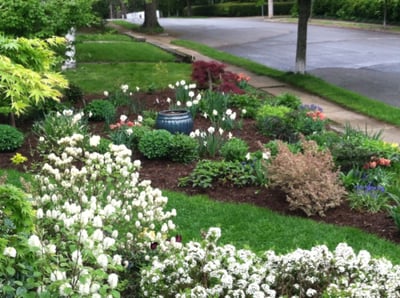 Nutrient cycles are immensely complex, and have many different variables, but for simplicity we can break them down into 3 basic phases. Sources, reservoirs, and sinks. To move between these phases, the nutrients need to go through a physical or chemical change known as a flux. For an example of these phases we can look at how nitrogen moves through a tomato plant.
Nutrient cycles are immensely complex, and have many different variables, but for simplicity we can break them down into 3 basic phases. Sources, reservoirs, and sinks. To move between these phases, the nutrients need to go through a physical or chemical change known as a flux. For an example of these phases we can look at how nitrogen moves through a tomato plant.
Source
While there’s no real beginning or end to a cycle, the source is typically regarded as the final form of a nutrient before it is broken down to be reused. In our example model, the source would be the tomato fruit, fully ripe, and falling to the ground. The tomato being dropped from the plant is our first flux.
Reservoir
The next step of the cycle is where the nutrients are accumulated, ready to be used. Here, the tomato fruit decomposes (another flux), and the nitrogen compounds within it are reabsorbed into the soil. In this case, the soil is the reservoir.
Sink
The sink of the cycle is where the nutrients are drawn from the reservoir. The nitrogen that has accumulated in the soil from the decomposed tomato fruit is now taken up by the roots of the tomato plant (one more flux), which is the sink in our model. From there, the tomato plant can use the nitrogen to bear a new fruit, completing the cycle.
Taking Advantage of Nutrient Cycles
With or without human intervention, we can always count on biogeochemical cycles to continually move nutrients through the different cycles of life. And with a little bit of help providing the right materials and conditions, your garden can receive more than its fair share of these nutrients and benefit immensely.
Composting
Composting is a great way to create an artificial reservoir within several nutrient cycles at once. By creating near perfect conditions not often found in nature, the decomposition process can be greatly accelerated, creating rich, nutrient dense soil that plants will love.
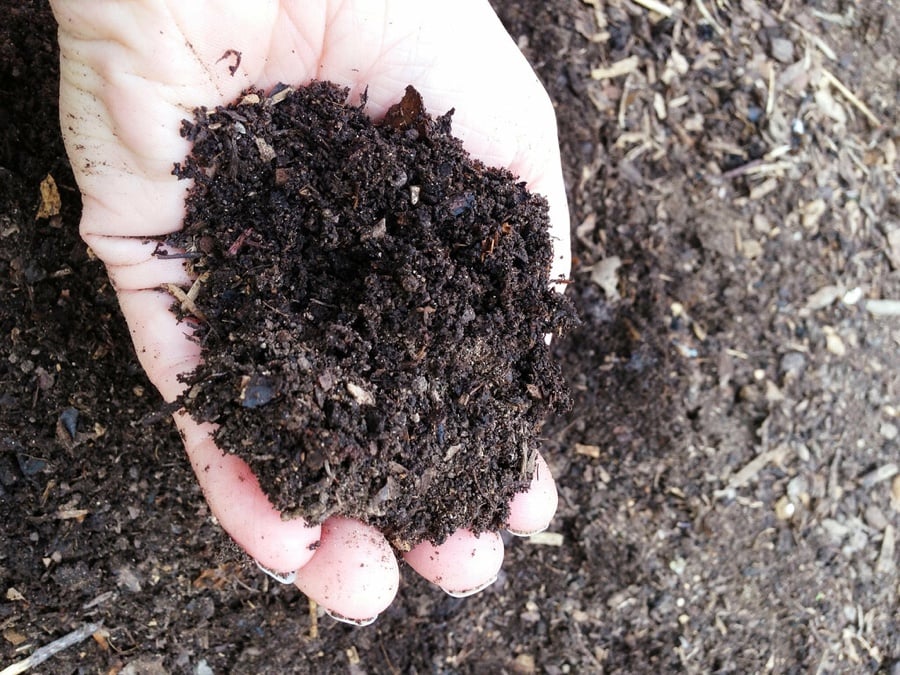
Compost Materials
Materials for composting are generally broken down into two categories. The first is Browns, organic materials that have already been stripped of most of their nutrients, leaving behind mostly carbon (Dead leaves, small branches, and many home compostable commercial products). The second category is Greens, organic materials that still have most of their nutrients (fresh lawn and garden trimmings, fruits and vegetables, coffee grounds, etc.) There are many comprehensive lists of compost materials floating around the internet, but this is a good place to start.
Composting Methods
Composting is more or less just accelerating the decomposition of organic matter, but different methods do exist. All will achieve the same result, but the more time and effort you spend controlling the conditions and microbiome of your compost pile, the faster you will see results.
Cold Composting
Cold composting requires the least amount of effort, but will take the longest to decompose the organic material. In this method, you don’t really need to worry about the ratio between your greens and browns or moisture content, just toss your materials into a shady spot out of the way, and in 6 to 12 months it should turn into a dark brown soil, ready to be spread in your garden.
Hot Composting
Hot composting uses heat as a catalyst to further accelerate the process of decomposition, as the addition of heat speeds up nearly all chemical processes. The heat is generated through exothermic chemical reactions happening within the pile as well as heat generated by the thriving detritivore population within. This can be tricky to get right, as it requires the proper ratio of greens to browns (about 50:50), regular aeration to provide oxygen for your thriving microbiome, and enough moisture to keep the beneficial organisms alive. In ideal conditions, a hot compost pile will be somewhere between 135°F and 160°F. Hot composting can be done in a pile like cold composting, but there are commercially available and diy bin options that will make maintenance far easier.
Fish Fertilizers
While the idea of having a bunch of dead fish in your garden may seem off-putting at first, it has been a reliable way of fertilizing gardens for thousands of years, and the technique has come a long way from native American tribes planting a fish alongside their seeds. Fish fertilizers are a great way to hack nutrient cycles because aquatic environments contain an abundance of minerals that are much less prevalent on land.
Today, there are plenty of commercially available options for organic fish fertilizers, and (with a strong stomach) they can even be made at home. Fish fertilizers are organic, and sustainable in the sense that for the most part they are made from byproducts of the fishing industry. Like all organic matter, fish release nutrients like carbon, phosphorus, and nitrogen during their decomposition and they are also an excellent source of potassium, calcium, iron, and many other micronutrients. So yes, your garden may smell like low tide for a bit, but the benefits can be well worth the odor.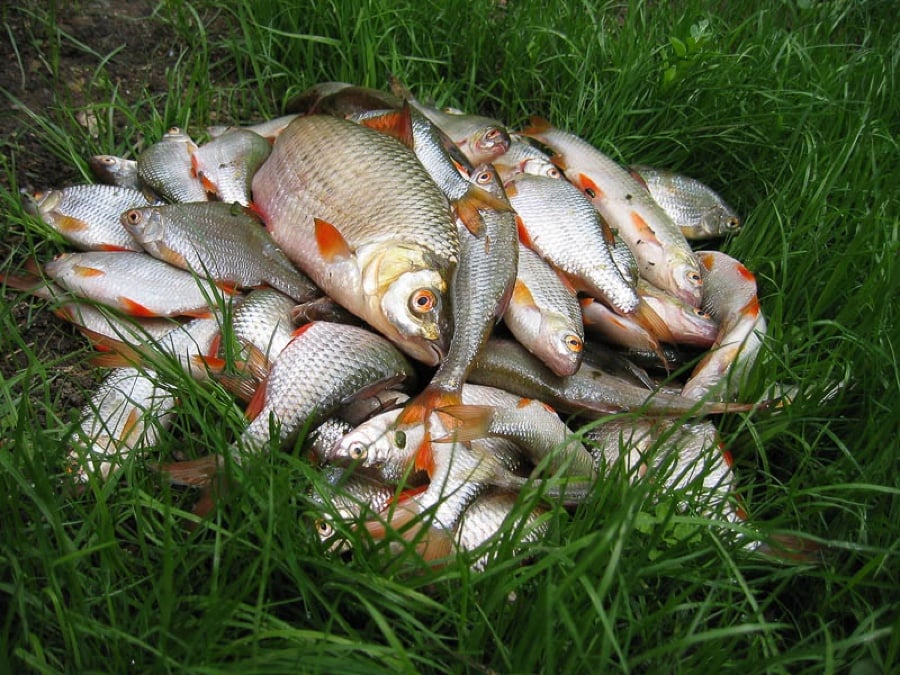
Fish Meal
Fish meal comes from what is left of fish after they have been cooked and pressed to produce fish oils. It’s meant to be mixed into the soil and decompose into a slow release of nutrients. Because it comes in a dry granule or powder, the odor is typically not as strong as some of the other options.
Emulsions
There’s no way to sugar-coat it… fish emulsion is a mixture of fish heads and guts that have been cooked down and liquefied, and the smell is a dead giveaway of its contents. But if you can get past the initial odor, emulsions are full of very concentrated nutrients. Since it’s a liquid, it can be diluted and sprayed on your garden, and as a result, your plants will be able to benefit from the extra nutrients much sooner. And don’t worry, the smell won’t stick around for long.
Fish Hydrolysate
Hydrolyzed fish fertilizers are basically fish emulsions that have gone through a fermentation process. This process breaks down the nutrients in the fish into short chain proteins and amino acids that are much more bioavailable, allowing for a much quicker uptake by your plants.
Aquarium/ Pond Waste
If having dead fish in your garden just isn’t your thing, waste water from ponds and aquariums can be a great sustainable way to give your plants a boost of nitrogen. Aquariums have a miniature nitrogen cycle going on constantly, and without plants, the cycle stalls out at the nitrate phase and the accumulations need to be removed through regular cleaning and water changes. The water that is removed is chock full of nitrates just waiting to be fed to plants, and will also contain some residual nitrifying bacteria that may even boost the nitrogen cycle in your backyard ecosystem.
Want to learn how to create a landscape for your yard that will help you relax, connect with nature, and replenish your energy? Please download our free ebook, How to Maintain Your Landscape and Transform It Into a Beauty You'll Love.
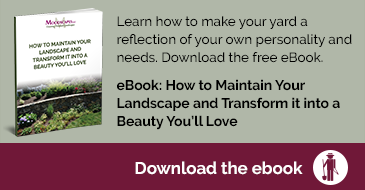

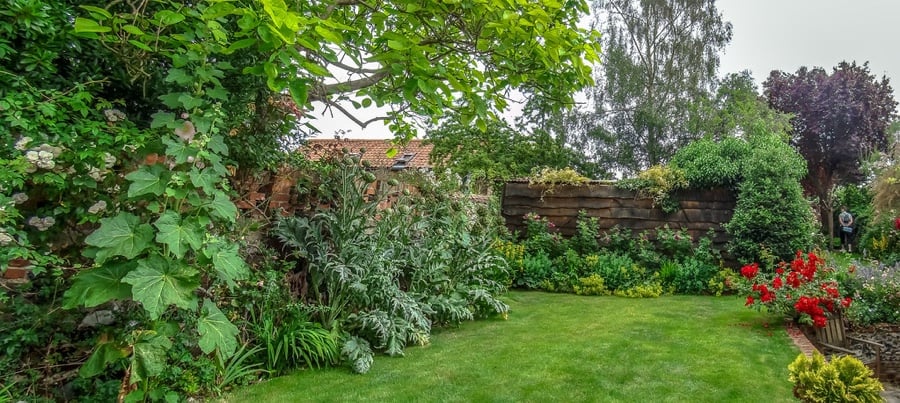
 Nutrient cycles are immensely complex, and have many different variables, but for simplicity we can break them down into 3 basic phases. Sources, reservoirs, and sinks. To move between these phases, the nutrients need to go through a physical or chemical change known as a flux. For an example of these phases we can look at how nitrogen moves through a tomato plant.
Nutrient cycles are immensely complex, and have many different variables, but for simplicity we can break them down into 3 basic phases. Sources, reservoirs, and sinks. To move between these phases, the nutrients need to go through a physical or chemical change known as a flux. For an example of these phases we can look at how nitrogen moves through a tomato plant.


